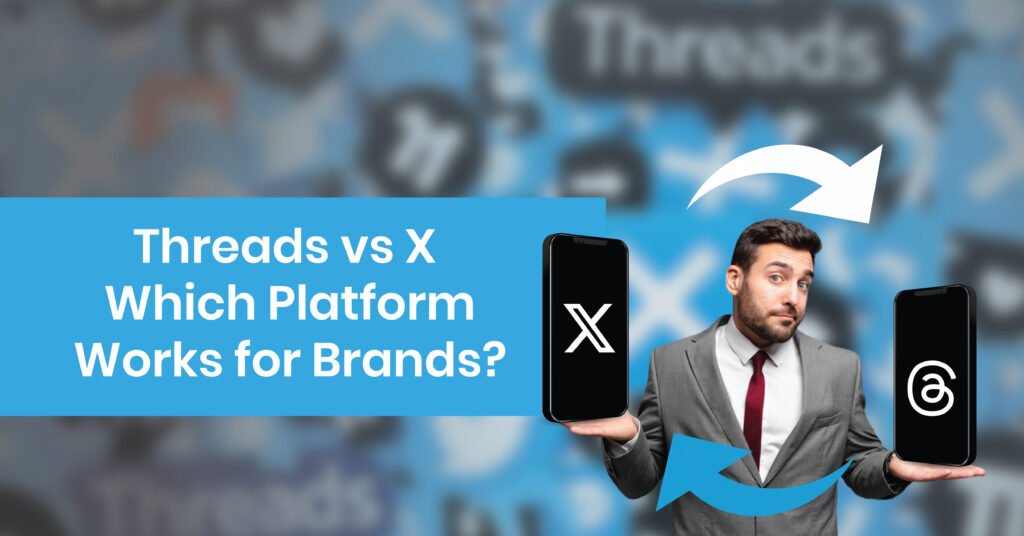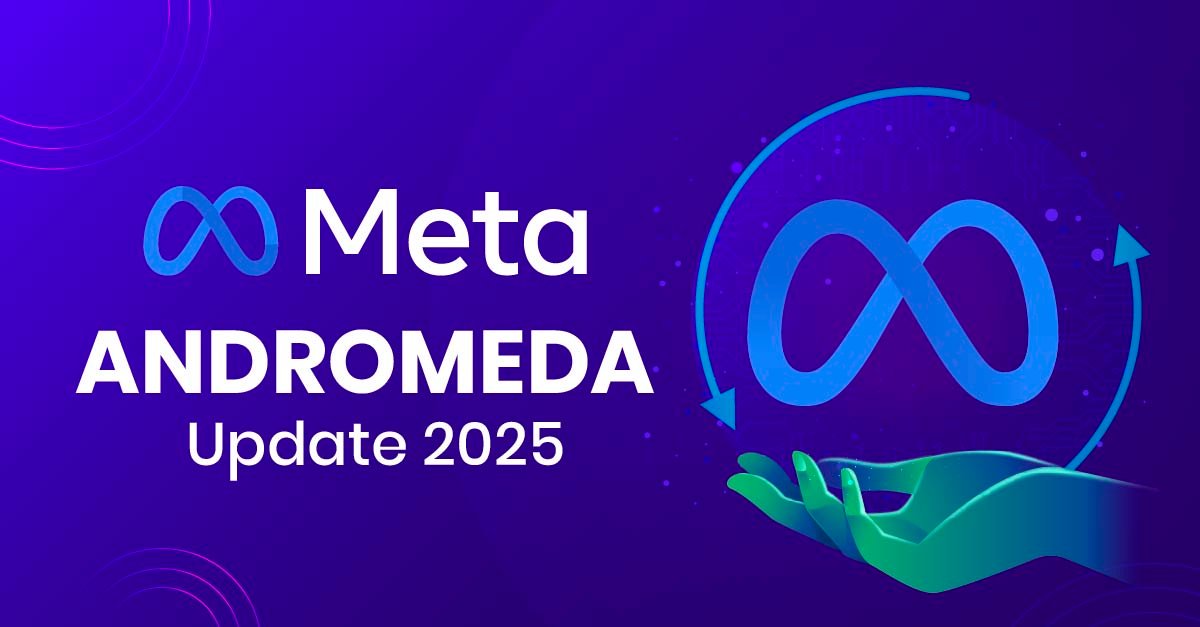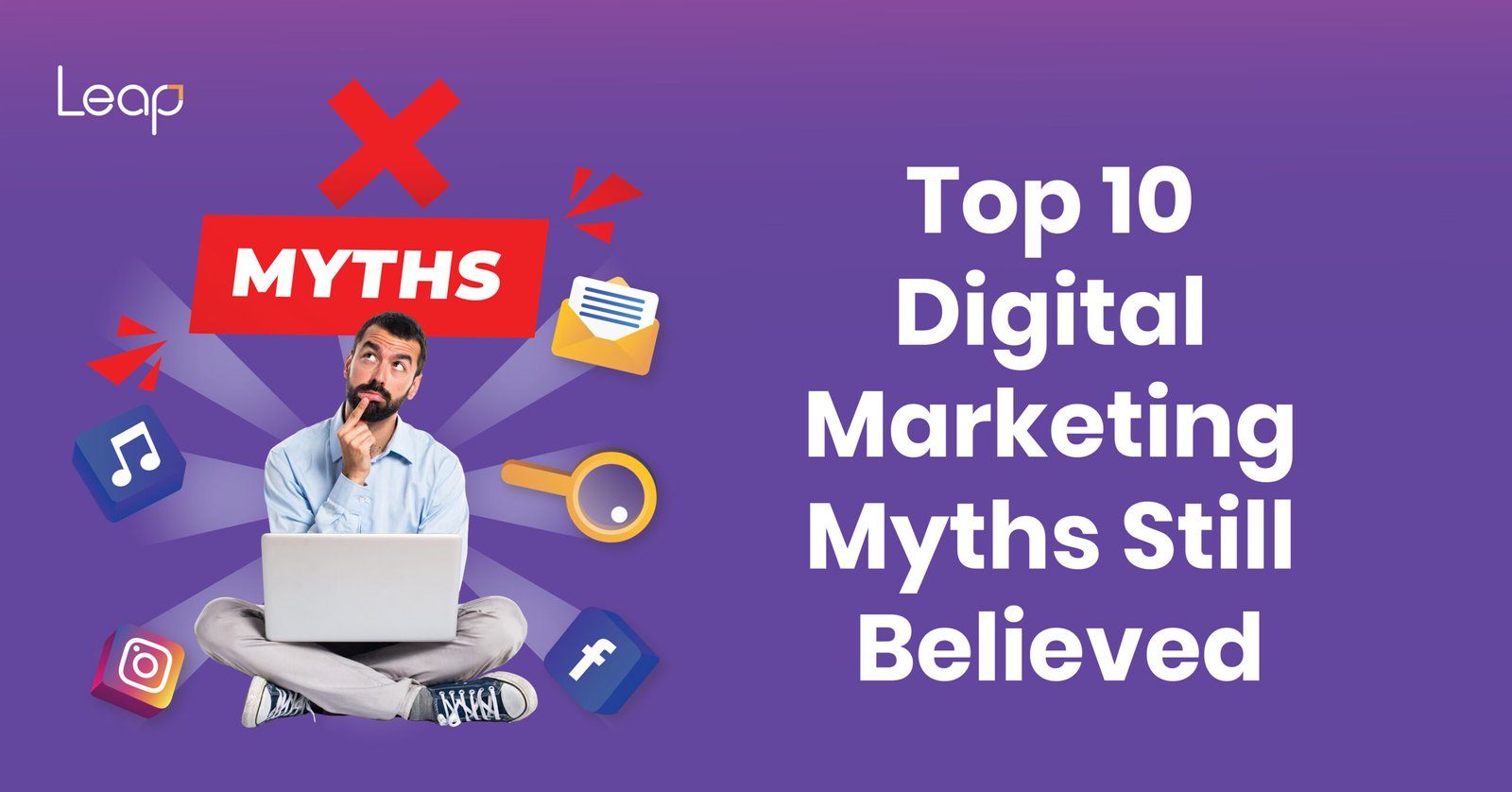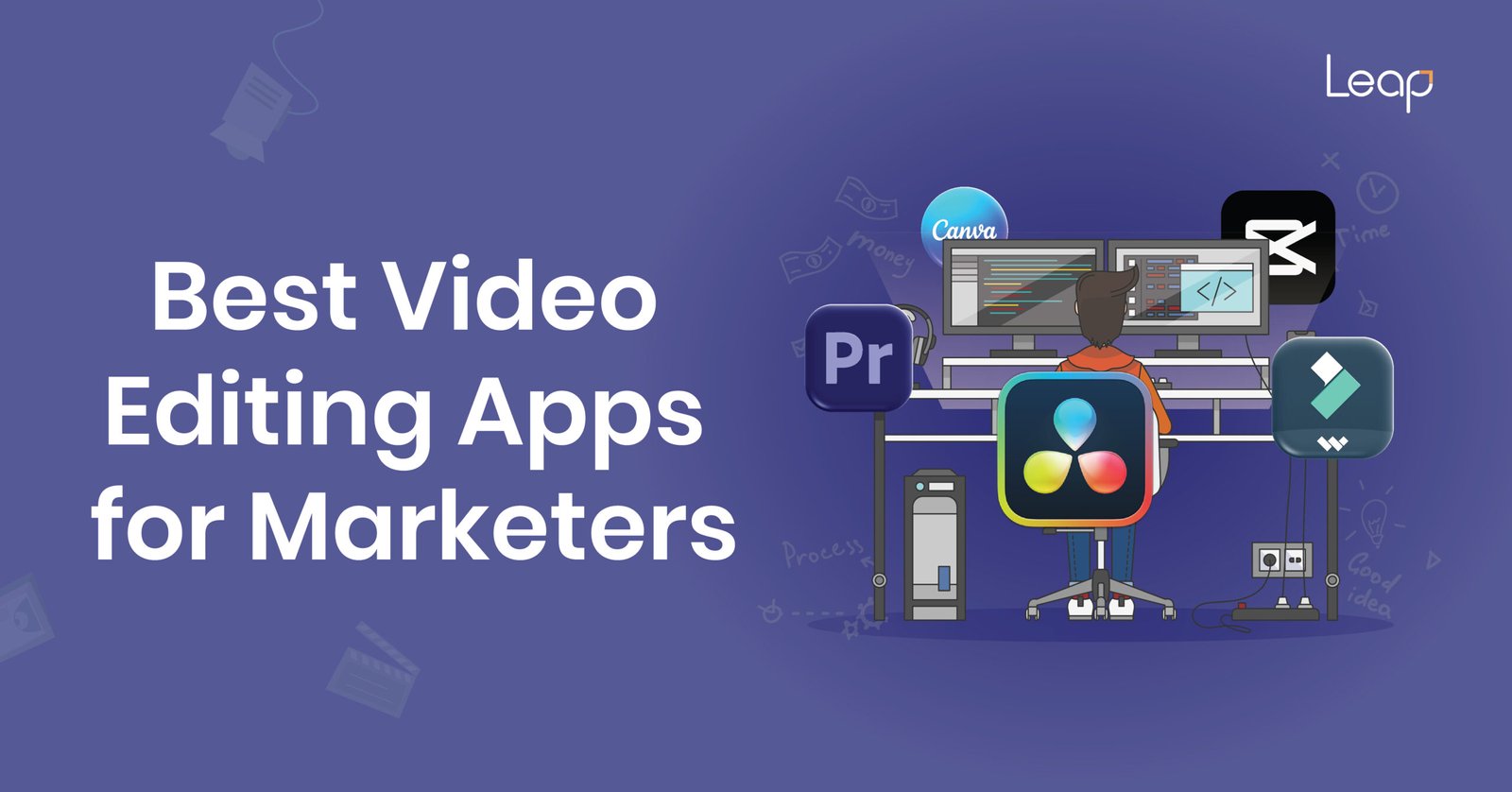
In the fast-evolving landscape of social media, brands are constantly evaluating platforms to determine where to invest their time, budget, and creative efforts. Two platforms that have garnered significant attention for their text-based, real-time communication are Meta’s Threads and X (formerly Twitter). Both platforms offer unique opportunities for brands to connect with audiences, but they differ in their approach, audience dynamics, and marketing potential. This article explores the key differences between Threads and X, their strengths and limitations, and how brands can leverage each to maximize their digital marketing strategies, with insights from Leap Marcom, a leading digital marketing agency.
Understanding Threads and X: A Brief Overview
Threads: Meta’s New Contender
Launched in July 2023 by Meta, Threads quickly became the fastest-growing social media platform, amassing 100 million users in just five days, largely due to its seamless integration with Instagram. Threads is designed for conversational, text-based content, offering a space for deeper, more personal engagement. It emphasizes storytelling and community-driven interactions, appealing to brands that thrive on authentic, relatable content. With 320 million active users as of early 2025, Threads is a rising star for marketers looking to tap into a younger, visually inclined audience.
Threads’ algorithm prioritizes meaningful interactions—likes, replies, and shares—over viral spikes, creating a more stable environment for brands sensitive to polarizing content. However, its lack of hashtags, trending topics, and robust search functionality limits its discoverability, making organic reach somewhat unpredictable.
X (Twitter): The Established Powerhouse
X, rebranded from Twitter in July 2023, remains a dominant force in microblogging with over 368 million monthly active users. Known for its real-time updates, trending topics, and broad audience, X is a hub for breaking news, professional discussions, and thought leadership. It caters to a diverse demographic, including Millennials, Gen X, journalists, and tech enthusiasts, making it ideal for B2B brands and those leveraging trending conversations.
X’s algorithm rewards recency, engagement, relevance, and profile authority, making it a powerful tool for brands that optimize their content strategically. However, recent changes under new ownership, including relaxed content moderation and a decline in ad revenue, have raised concerns about brand alignment and visibility.
Comparing Features: Threads vs. X
To determine which platform is best for your brand, it’s essential to compare their features and how they align with marketing goals.
1. User Interface and Accessibility
- Threads: Available only as a mobile app, Threads offers a clean, Instagram-like interface optimized for storytelling across threaded posts. Its lack of a desktop version limits accessibility for brands managing multiple platforms or scheduling content.
- X: Accessible via mobile, desktop, and in-app, X provides flexibility for brands to manage content, open links, and schedule posts. Its robust “Explore” tab and hashtag search functionality make it easier to discover trending topics and engage in real-time.
Winner: X, for its multi-platform accessibility and advanced search capabilities.
2. Content Sharing and Formats
- Threads: Threads encourages longer, narrative-driven content with a 500-character limit per post, ideal for in-depth storytelling or “atomic essays.” Brands can share text, images, and videos, but the lack of hashtags and trending topics limits viral potential.
- X: With a 280-character limit, X excels in concise, impactful updates. It supports text, images, videos, polls, and threads, making it versatile for various content types. Hashtags and trending topics amplify reach, while threads allow for detailed discussions.
Winner: X, for its versatility and hashtag-driven discoverability.
3. Engagement and Algorithm
- Threads: Threads’ algorithm prioritizes meaningful interactions, resulting in 73.6% higher engagement rates than X, according to Buffer research. Its focus on conversational content fosters community-building, but organic reach depends heavily on algorithmic recommendations.
- X: Engagement on X is driven by likes, retweets, replies, and quote tweets. The algorithm tests tweets with a small audience first, rewarding quick engagement with broader reach. Strategic use of hashtags and timely content can significantly boost visibility.
Winner: Threads, for its higher engagement rates and focus on authentic interactions.
4. Advertising Options
- Threads: Currently ad-free, Threads relies solely on organic content, which is a double-edged sword. While it promotes authenticity, it limits brands’ ability to target specific audiences through paid promotions. Meta’s history suggests ads may soon integrate via Instagram Ads.
- X: X offers robust advertising options, including promoted tweets, trends, and accounts, making it ideal for brands with paid promotion budgets. However, a 59% drop in U.S. ad revenue since 2022 raises concerns about effectiveness.
Winner: X, for its established advertising infrastructure.
5. Analytics and Integration
- Threads: Threads’ API allows integration with third-party platforms for automated posting and reporting, but its analytics are less comprehensive than X’s. Brands must rely on community responses and basic engagement metrics.
- X: X provides detailed analytics for tracking reach, impressions, and conversions. Its open API, despite recent pricing changes, supports integration with tools like Hootsuite and Sprout Social, enabling omnichannel strategies.
Winner: X, for its robust analytics and integration capabilities.
SEO Implications for Brands
Search Engine Optimization (SEO) is a critical consideration for brands on both platforms, as it impacts visibility on and off the platform.
Threads and SEO
Threads’ lack of hashtags and search functionality limits its on-platform discoverability, but its content can still be indexed by external search engines like Google. By incorporating relevant keywords in posts and profiles, brands can appear in Google’s tweet carousels or search results. However, the platform’s mobile-only nature and limited analytics make it challenging to track SEO performance.
To optimize for Threads:
- Use Keywords Naturally: Incorporate industry-specific keywords in posts to enhance searchability.
- Leverage Instagram Integration: Link Threads posts to Instagram to amplify reach and drive traffic to your website.
- Focus on Engagement: High engagement rates signal relevance to algorithms, increasing visibility.
X and SEO
X is a powerful SEO tool due to its indexability by Google and its algorithm’s emphasis on relevance and engagement. Optimized tweets and profiles can appear in Google search results, driving branded searches and referral traffic. According to Leap Marcom, a strong X presence can enhance brand authority and credibility, indirectly boosting website rankings through increased traffic and unlinked mentions.
To optimize for X:
- Optimize Your Profile: Use keyword-rich usernames, bios, and URLs to improve searchability. For example, a bio like “Digital Marketing | SEO Strategies | Leap Marcom” signals authority.
- Craft SEO-Friendly Threads: Create “atomic essays” with targeted keywords to drive engagement and indexability.
- Use Hashtags Strategically: Combine trending and niche hashtags to maximize reach. Tools like RiteTag or Hashtagify can identify effective hashtags.
- Engage Actively: Reply to comments within the first hour to boost algorithmic reach.
- Add Alt Text to Visuals: Descriptive alt text with keywords enhances accessibility and SEO.
Winner: X, for its superior SEO capabilities and indexability.
Audience Dynamics and Brand Fit
Threads: A Younger, Conversational Audience
Threads’ user base, primarily aged 18-34, aligns with Instagram’s demographic, making it ideal for fashion, beauty, wellness, and lifestyle brands. Its conversational tone suits brands aiming for behind-the-scenes content or storytelling. For example, Lonely Planet’s casual posts on Threads feel like “texts from a friend,” resonating with users seeking authenticity.
Best for:
- Brands with a strong Instagram presence.
- Content creators focusing on narrative-driven content.
- Businesses targeting Gen Z and younger Millennials.
X: A Diverse, Professional Audience
X’s broader user base, including professionals, journalists, and tech enthusiasts, makes it suitable for B2B brands, media companies, and thought leaders. Its real-time nature is perfect for trendjacking and news-driven campaigns. However, its shift toward polarizing content may deter brands in regulated industries.
Best for:
- B2B brands and thought leaders.
- Businesses leveraging trending topics and hashtags.
- Brands with established advertising budgets.
Winner: Depends on your audience—Threads for younger, casual demographics; X for professional, news-driven audiences.
Challenges and Considerations
Threads: Growing Pains
- Limited Features: The absence of hashtags, trending topics, and desktop access restricts discoverability and scalability.
- Uncertain Future: While Threads’ engagement is high, its user base has dropped from 100 million to 23.6 million daily active users, raising concerns about long-term viability.
- No Advertising: Brands reliant on paid promotions may find Threads limiting until ads are introduced.
X: Brand Safety Concerns
- Content Moderation: Relaxed moderation and reinstated controversial accounts increase the risk of brand association with polarizing content.
- Declining Engagement: Some brands report lower returns on X due to reduced natural reach and ad effectiveness.
- Ad Revenue Drop: A 59% decline in U.S. ad revenue signals challenges for paid campaigns.
Strategic Recommendations for Brands
When to Choose Threads
- Experiment with Storytelling: Use Threads for in-depth, conversational content like behind-the-scenes stories or customer Q&As.
- Leverage Instagram Synergy: Repurpose Instagram content for Threads to maintain consistency and tap into existing followers.
- Focus on Community: Engage actively with replies and polls to build loyal communities.
- Monitor Growth: Track engagement metrics and refine strategies as Threads evolves.
When to Choose X
- Optimize for SEO: Use keyword-rich profiles, threads, and hashtags to boost visibility on and off the platform.
- Engage in Real-Time: Participate in trending conversations and use hashtags to amplify reach.
- Invest in Ads: Leverage X’s advertising options for targeted campaigns, especially for B2B or news-driven brands.
- Track Analytics: Use X’s robust analytics to monitor performance and optimize content.
Hybrid Strategy
For most brands, a hybrid approach maximizes reach and engagement. Use Threads for storytelling and community-building, and X for real-time trends and SEO-driven visibility. For example, a fashion brand could share a Threads post about the inspiration behind a new collection, linking to their Instagram, while posting a trending hashtag campaign on X to drive traffic to their website. Leap Marcom recommends integrating both platforms into an omnichannel strategy, using tools like Social Champ or Fanpage Karma to schedule and analyze content.
Case Studies: Brands Winning on Each Platform
Threads: Lonely Planet
Lonely Planet uses Threads to share conversational travel stories, achieving high engagement through relatable, text-driven posts. Their strategy aligns with Threads’ focus on authenticity, driving community interactions and brand loyalty.
X: HubSpot
HubSpot leverages X for thought leadership, creating SEO-optimized threads like “5 Cold Email Mistakes That Are Killing Your Reply Rate.” These threads drive engagement and branded searches, reinforcing their authority in digital marketing.
Future Outlook
Threads
With Meta’s backing, Threads is poised for growth, especially if advertising and advanced features are introduced. Its integration with Instagram provides a built-in audience, but brands must stay agile as the platform evolves.
X
X’s future depends on addressing advertiser concerns and stabilizing engagement. Its robust infrastructure and SEO potential make it a mainstay, but brands must navigate content moderation risks.
Frequently Asked Questions (FAQs)
It depends on your brand goals and audience. Threads is better for storytelling and building community with younger audiences, while X (formerly Twitter) is ideal for real-time updates, SEO, and reaching professional or B2B audiences.
Yes, a hybrid strategy is recommended. Use Threads for authentic, narrative-driven content and community building, and use X for trend-based content, real-time engagement, and SEO-driven visibility.
Threads has limited on-platform SEO due to lack of hashtags and search functionality, but posts can still appear on Google if optimized well. X offers stronger SEO benefits with hashtags, keyword-optimized profiles, and better indexability.
As of now, Threads is ad-free and focused on organic engagement. However, Meta may introduce ads soon. X offers a full advertising suite but has seen a decline in ad revenue and brand trust due to content moderation issues.
On Threads, longer, authentic, and conversational content performs best. On X, short, timely, and hashtag-driven posts — including threads and polls — tend to gain more visibility and engagement.
Conclusion
Choosing between Threads and X depends on your brand’s goals, audience, and content strategy. Threads excels in fostering authentic, conversational engagement with a younger demographic, while X dominates for real-time trends, SEO, and professional audiences. A hybrid strategy, leveraging Threads’ storytelling and X’s discoverability, is often the most effective approach. As Leap Marcom advises, brands should monitor analytics, experiment with content formats, and adapt to platform changes to stay ahead in the dynamic social media landscape.









